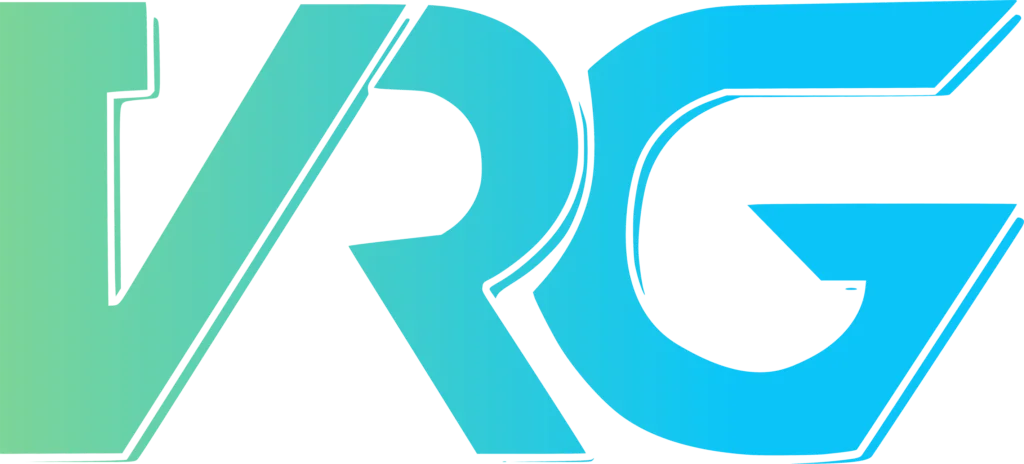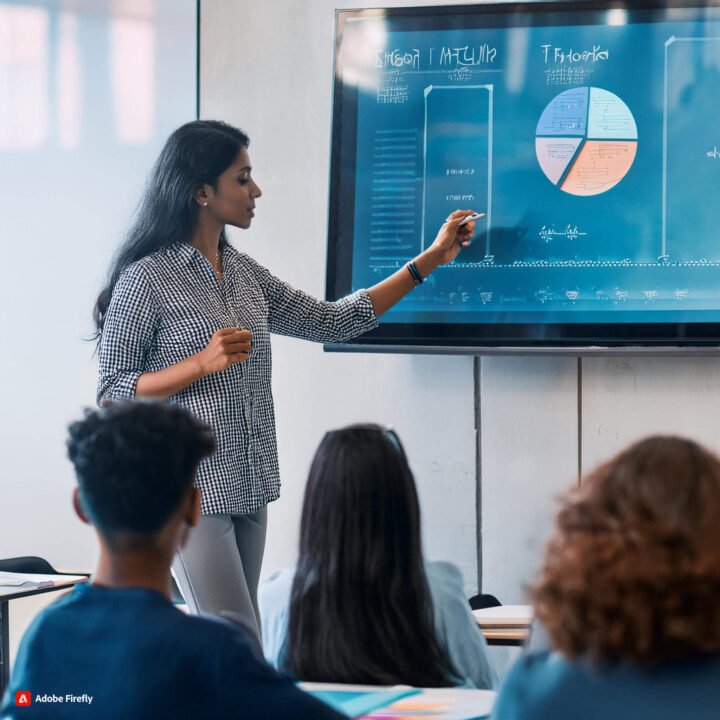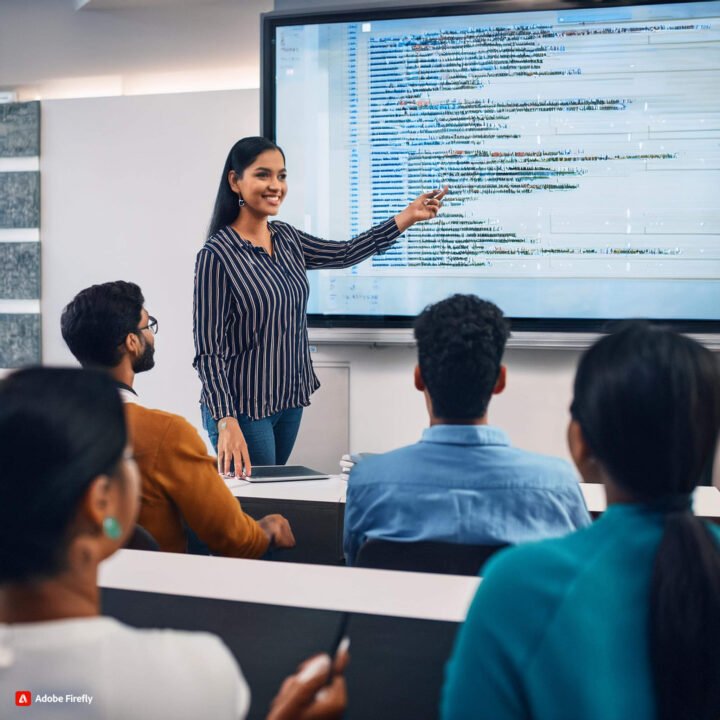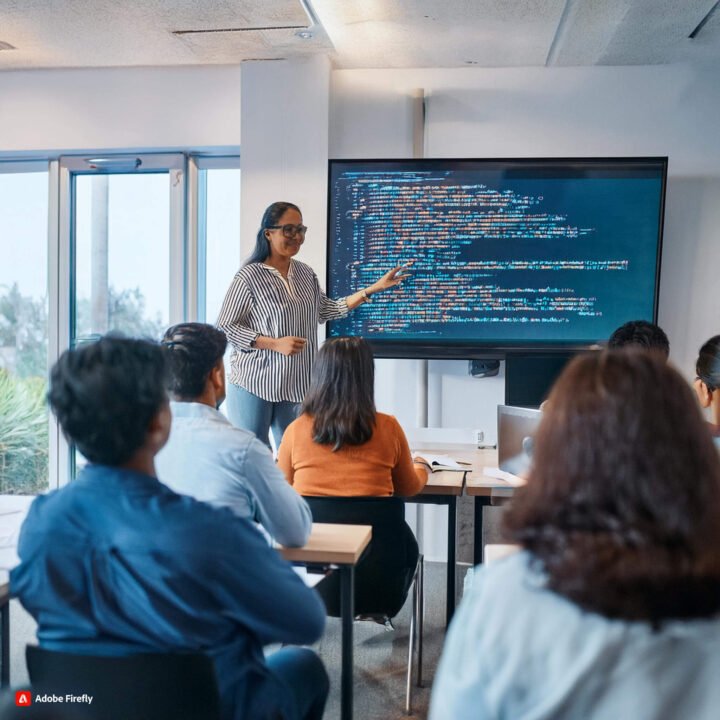Mainframe Application Training
- Home
- Mainframe Application Training
Enhancing your Coding Skills with Mainframe Application Training
At VRGZLABS, Unlock your potential with our industry-focused Mainframe Application Training, designed to equip you with essential skills in Mainframe technologies. Led by experienced industry professionals, our
program covers everything from COBOL and DB2 to CICS and JCL, ensuring you gain hands-on experience with real-world applications.
Our Mainframe Application Programming Include:
- Introduction to mainframe – History – Evaluation of Hardware –
- Evaluation of Software
- Introduction to Mainframe – z /15 architecture
- Virtual Storage – Address map structure – 64 bit Addressing Map
- z/OS Elements – Base & Optional Elements
- Brief introduction on Major Subsystems
- TSO/ISPF and Navigation through a mainframe
- ISPF – Other ISPF Menu Options – Utility Selection Panel
- JCL Introduction
- JOB, EXEC & DD Statement Syntax & Explanation
- Sample JCL with Utility
- Submitting the JCL with IBM Supplied Utilities
- SDSF (System Display and Search Facility)
- JCL Utilities &
- Procedure
- IBM Utilities – Utilities like IEFBR14, IEBGENER – IEBGENER to copy and Concatenate datasets;
- IEBCOPY, IEBCOMPR, IEHPROGM, IEHLIST
- Special DD Statements – SORT and MERGE
- Procedures – Cataloged and Instream
- Usage Procedure concepts
- Advanced JCL
- Internal reader – Overriding DD Statements,
- COND Parameters – IF … ELSE
- SYSABEND, SYSMDUMP, SYSUDUMP
- JCL with multiple steps coding – Usage of IEBEDIT to restart job with specific steps
- ICETOOL Utility to get Sort and Customized Report
- JES2 and JES3 Command handling & quot;
- VSAM Introduction
- VSAM data Organization-Types of Data sets – Data set
Organization- Control Interval – ESDS Creation
- Control Area and Different types of data sets
- VSAM AMS, IDCAMs
- DEFINE, ALTER – Creating VSAM Data set;
- IDCAMS
- Altering the attributes of data sets
- Printing the data set information – Deleting data set -Listing the information
- IDCAMS – Alternate Index and PATH
- Generation Data Group Dataset -Creation – Print options
- Generation Data Group Dataset -Delete options
- EXPORT & IMPORT for Backup and Recovery
- VSAM Data set handling through ISPF Options
- TSO DITTO
Introduction to COBOL Programming
- COBOL Platforms, Standards, and Compilers
- An Interactive COBOL Program
- Structure of a COBOL Program
- Compiling the Program
- Verbs, Keywords, Syntax, and Constructs
- Define, Move, and Initialize Fields
- Intrinsic Functions and Arithmetic statements
- Input/Output Handling
- Control and Conditional Statements
- Array/Table Handling
- Subroutines and Copy Statements
- Error Handling and Sorting Files
- AN OVERVIEW OF DB2
- DB2 CONCEPTS
- DESIGNING OBJECTS AND RELATIONSHIPS
- WORKING WITH SQL: THE LANGUAGE OF DB2
- WRITING AN APPLICATION PROGRAM
– Choosing Programming Languages and Methods to Use
– Preparing an Application Program to Run
– Writing Static SQL Applications
– Overview of Static SQL
– Static SQL Programming Concepts
- WRITING AN APPLICATION PROGRAM
– Static SQL Programming Concepts
– Dynamic SQL Applications
- Types of Dynamic SQL
- Dynamic SQL Programming Concepts
- Triggers
– Triggers for Active Data
– Coding Triggers
– Parts of a Trigger
– Trigger Cascading
- ADVANCED CURSORS
– Scrollable Cursors
– Sensitive Scrollable Cursors
– In sensitive Scrollable Cursors
- CICS APPLICATION PROGRAMMING ENVIRONMENT
- CICS Structure and components
– System Programs
– System Tables
– Application Programs
– Mapsets
- CICS Control programs and Control Tables
- DESIGNING CICS APPLICATIONS
– Simple Application program to get input, process it and send output to the terminal
– EXEC INTERFACE BLOCK Concept and Usage
– Using a COMMAREA
– Pseudo conversational design
- CICS COMMANDS OVERVIEW
– SEND and RECEIVE
– Exception handling
– HANDLE CONDITION
– IGNORE CONDITION
– NOHANDLE and RESP commands
- DEBUGGING CICS APPLICATIONS –
– Scroll CEDF displays
– Overtype argument values and response codes on CEDF displays
– Display the EXEC Interface Block
– Display previously traced commands
– Continue CEDF with pseudo conversational transactions
– Request a task ABEND from CEDF
- CICS BASIC MAPPING SUPPORT
– Map preparation and usage
– How to create a BMS Mapset
– Physical and Symbolic Map
– How to design user-friendly screens
– How attributes control the look and operation of a field
– How to code BMS macros
– The BMS mapset and symbolic map for the customer maintenance program
– How to assemble a BMS mapset
– Extended attributes
– Cursor positioning
– Dynamic Attribute Character Assignments
- CICS DATA ACCESS
– Data declarations to reference records and rows
– Accessing VSAM Files ESDS, KSDS etc.
– Reading single records and rows
– Reading sets of records and rows
– Adding, deleting, and modifying records and rows
– Integrity considerations
- CICS QUEUES
– CICS transient data queues
– Intra and Extra Partition Data Sets
– Features of TDQ
– Automatic Task Initiation
– CICS temporary storage queues
- CICS PROGRAM-TO-PROGRAM CONTROL
– LINK with COMMAREA
– XCTL with COMMAREA
– The COBOL CALL
– STARTing a new transaction
– Pseudo Conversational Techniques
- CICS With Database DB2
– CICS with DB2
– How to access DB2 from CICS region
- SDF to design Map






